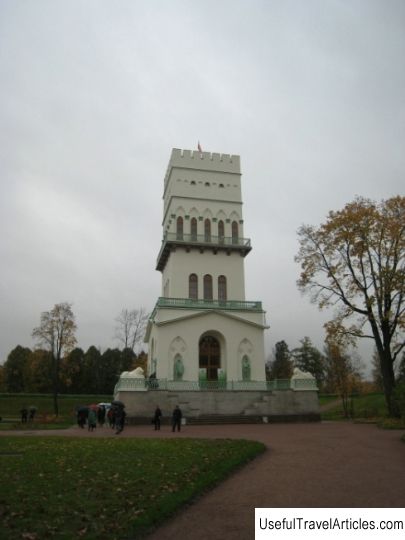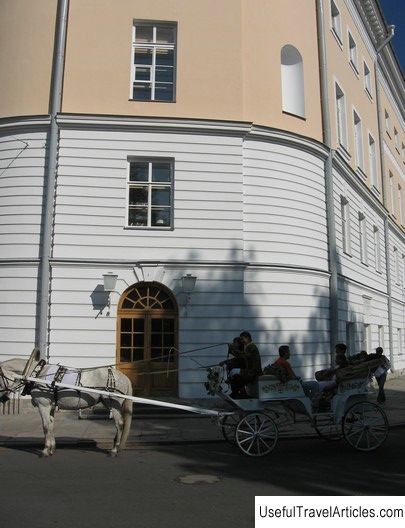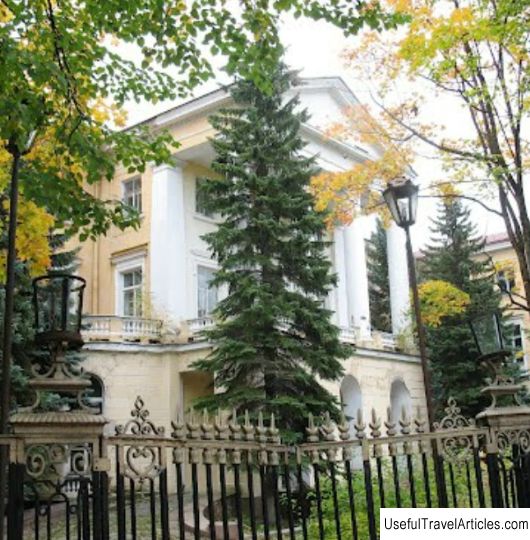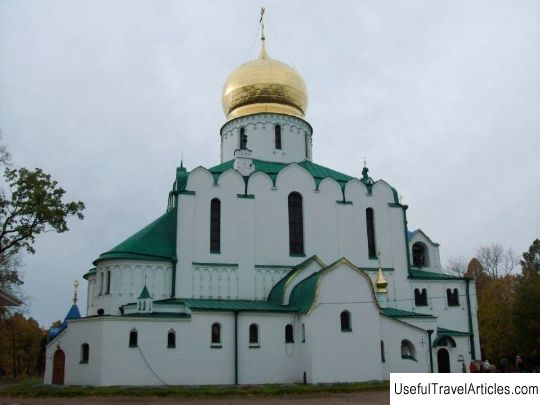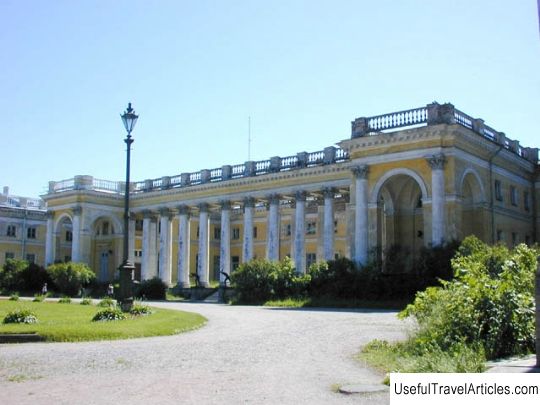Children's house description and photo - Russia - St. Petersburg: Pushkin (Tsarskoe Selo)
Rating: 7,9/10 (5443 votes) 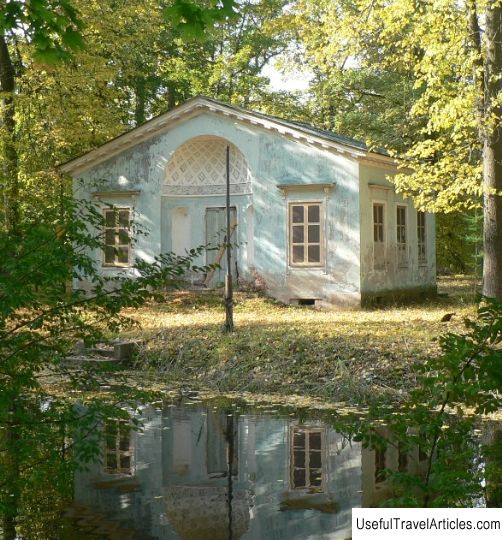
Children's house description and photos - Russia - St. Petersburg: Pushkin (Tsarskoe Selo). Detailed information about the attraction. Description, photos and a map showing the nearest significant objects. Photo and descriptionIn the Alexander Park of the city of Pushkin there is a Children's Pond, in the middle of which there is Children's Island, and on it - the Children's House. The beginning of the children's "kingdom" was laid by the emperor Nicholas I, donating an island in the middle of a pond to his children. The pond was created in 1817 by the architect Adam Adamovich Menelas. Several years later, in 1830, the architect Alexei Maksimovich Gornostaev built a Children's House on it, in which a living room and 4 rooms were arranged, each child has its own, for Olga, Alexander, Maria and Alexandra. Children's furniture was placed here. A small wooden kitchen was built nearby, where the guys prepared their own meals. Children's Island was accessible only by boat. This helped to hide the children's "kingdom" from the eyes of adults. And the Grand Duchess Olga herself insisted that we should learn to row. The boats were docked in a small granite harbor guarded by a sailor. In total, there were 7 Guards sailors on the island. They kept order, ferried passengers, and taught the children about maritime customs. Classes and games were held in the house. In addition, the imperial children celebrated their holidays here, inviting their peers. In front of the Children's House, a marble bust of Sasha's (future Emperor Alexander II) educator Karl Karlovich Merder was installed, and on the right side of the house, on “ Cape of the good Sasha ", a bust of the poet Vasily Andreevich Zhukovsky, who taught him Russian language and literature. The Grand Duchess Olga writes about these teachers in her memoirs. She recalls that K.K. Murder was a born educator, attentive and tactful, with a practical mind, he was engaged in the development of the good traits of the child, made him a sincere person, did not recognize drills, did not bother his mother and did not please his father. The children loved him very much. V.A. Zhukovsky was a completely different person: he was a poet, carried away by his ideals, with magnificent intentions and plans, verbose, but abstract in his explanations. He was a man with a big and pure soul, he treated people with love and tenderness, but he did not understand anything about children. Despite this, the children also loved him very much. Thanks to Merder's loyalty to his parenting principles, Zhukovsky's influence did not harm them. Later, the Children's Island with the Children's House was very much loved by the family of the last Russian emperor Nicholas II. Here the princesses, together with their father, planted flowers, rode a boat on the pond, and in winter they removed the snow. On the island, the imperial family buried their pets, marking the burial places with small tombstones. Currently, the Children's House is closed and is in a state of conservation. The busts of teachers disappeared in the post-revolutionary period. The statue of Merder has not yet been found, and the bust of Zhukovsky can now be seen in the Cameron Gallery. Two tombstones at the burial sites of the imperial dogs are still standing.    We also recommend reading Mount Luho description and photos - Philippines: Boracay Island Topic: Children's house description and photo - Russia - St. Petersburg: Pushkin (Tsarskoe Selo). |
